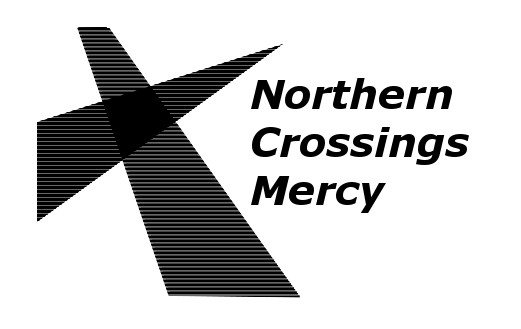I has a great discussion with my friends from Canada a while back and we discussed what used to be called rugged individualism. My belief is that it separated the American and the Canadian psyche. We have had that rugged individualism pushed out of us by a ruling elite, political correctness and having it too good for too long but that is another story. My contention was that Canadian immigration from the East to the West is marked by large parties that formed “factories” and settlements usually for fur trading or trapping. Once they were settled, built forts and enclosures and were reasonably protected, farmers, shopkeepers and missionaries came and well, settled.
In the United States it was a different thing. Individuals such as Alexander Henry and the Boones and Clarkes and other simply took off by themselves or in small bands and mapped and marked the territory and when the farmers and shopkeepers came along they went further west. The wanted to be alone or have adventures or were, as a famous line from the “Last of the Mohicans” said, not too keen on being “subject to much of anything” let alone civilization. There was a rugged individualism that existed among the missionaries as well. Many of those who came East had families and the families had to be a very interesting “breed” as well.
We are going to look at some missionaries and the connections that bind us together in Minnesota and North Dakota but I want to get out in this blog that Synod President Harrison when he visited Notth Dakota a few years ago wanted very much to see Lewis and Clarkes campsite on the Missouri River North of Bismarck. According to North Dakota Parks and Recreation, “The U.S. Corps of Discovery, better known as the Lewis and Clark Expedition, spent more time in North Dakota than in any other state on their journey. The expedition entered present-day North Dakota on October 14, 1804. Traveling upstream on the Missouri, Lewis and Clark noted in their journals a great variety and abundance of wildlife including antelope, bears, deer, elk, and buffalo.
In November of 1804, they established a wintering fort near the Knife River Indian Villages, and named it Fort Mandan. At Knife River, the expedition met and hired a French Canadian trader, Toussaint Charbonneau, to act as an interpreter during their journey west. Charbonneau, his wife Sakakawea and young son Jean Baptiste, accompanied the expedition when they left the fort on April 7, 1805.Their return trip in 1806 through North Dakota from the Pacific was a short one. Aided by wind and current, they spent only ten days passing through the state for a second time.”
President Harrison’s interest came from having a relative who traveled on the journey and if I am not mistaken, might have been John Colter. Colter was the only member of the expedition who, upon nearing the Knife River encampment on the way home left the expedition and entered into the wilderness again. He is considered the first white man to see what would become Yellowstone National Park and his exploits made me want to be a Mountain Man. When I lived in Leadville Co and read the book “Men To Match My Mountains” by Irving Stone and was immersed in the explorer mindset. Later I read “Give Your Heart to the Hawks” by Win Blevins. These two books inspired me to write a song about the Lewis and Clark Expedition (Corps of Discovery) and the Mountain Men in general. I wrote it in honor of the 200th Anniversary of Lewis and Clarks great trip. Here is – “Give My Heart to the Hawks”.
[cincopa+AkDA3qMC3AYo]



Reverend — Beleive it or not i read all of your blogs and listen to all the music. it has helped me grow but how do you measure so little. Awesome. Your thoughts and insights mean a lot. Please do not be discouraged and keep up this mission. to God’s glory.
There are other important mountain men.!!